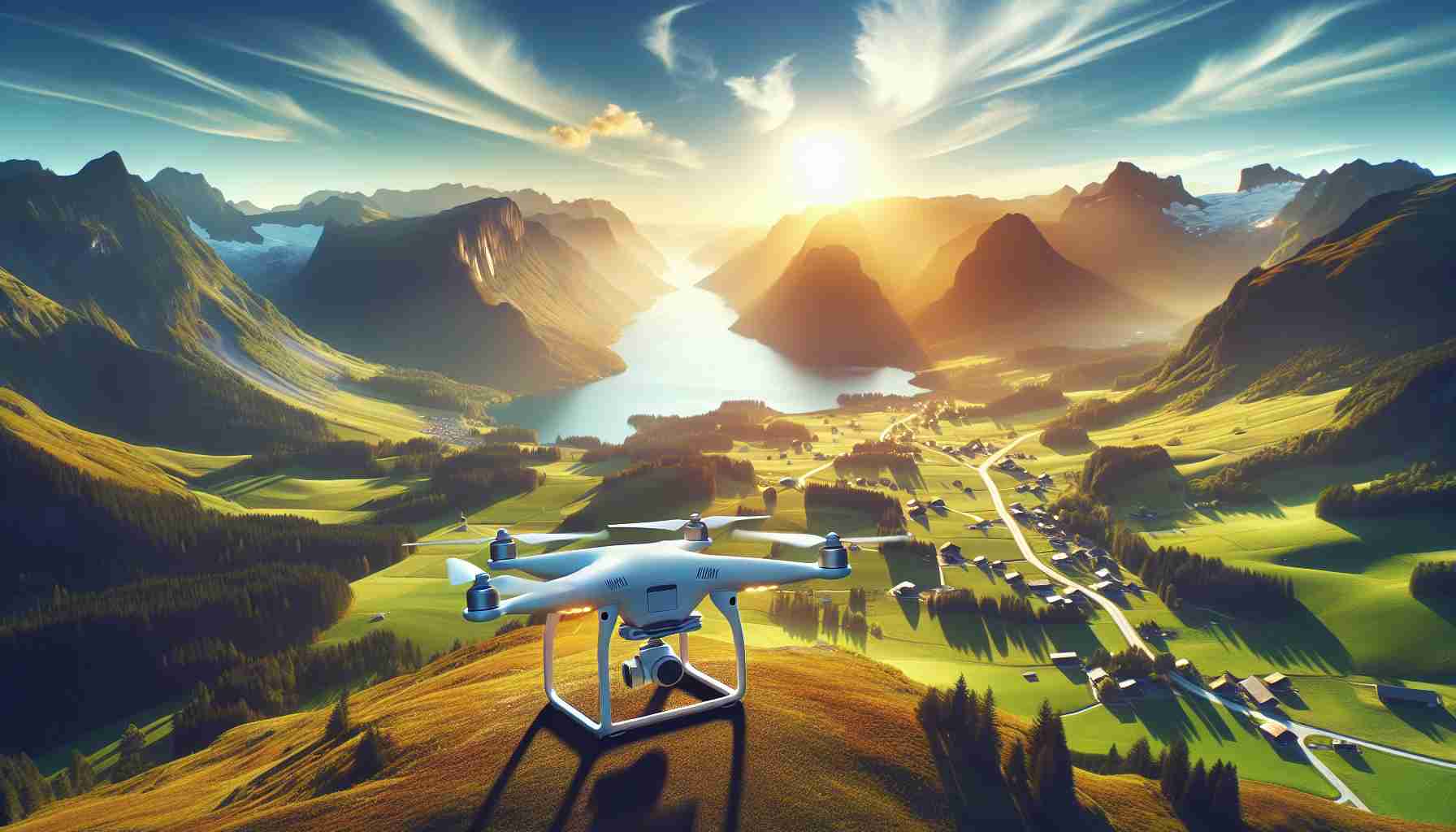On February 12, 2024, during the Geo Week Expo in Denver, Trimble announced the integration of its GNSS positioning service, Applanix POSPac Cloud® PPK, with the DroneDeploy drone mapping and data collection platform. This collaboration aims to improve the accuracy of drone mapping through the use of advanced GNSS technology for PPK positioning.
Trimble’s service includes CenterPoint® RTX, enabling users to achieve centimeter-level accuracy in their mapping projects. This is made possible through the API cloud, which processes the GNSS kinematic positions based on the dual-frequency drone observations, utilizing Trimble’s CenterPoint RTX technology.
Trimble’s RTX correction services offer users global centimeter-level accuracy in real-time and post-processing. This functionality is crucial in drone mapping as it reduces the need for ground-based reference stations, streamlining drone operators’ workflow. The system delivers corrections via satellite or cellular/IP networks, simplifying the mapping process in various applications.
The integration between Trimble’s GNSS technology and the DroneDeploy platform aims to address many challenges in drone mapping. Traditionally, achieving high mapping accuracy with drones, especially in environments with unstable or blocked GNSS signals, required extensive ground preparation or reliance on additional equipment such as base stations. With Trimble’s RTX services, drone operators can now overcome these obstacles, enabling a simpler and more efficient mapping process.
These advancements are particularly beneficial in sectors such as construction, agriculture, and geospatial measurement, where accuracy and efficiency are crucial. For example, in construction, precise mapping can assist in project planning and monitoring, while in agriculture, it can help optimize land use and crop management strategies.
The use of GNSS technology in drone mapping also opens up new possibilities for conducting measurements in challenging or remote areas. By providing high-accuracy positioning without the need for ground control points in every case, drones can now access and map areas that were previously difficult or costly to measure, such as dense forests, mountainous regions, or large infrastructure projects.
FAQ:
1. How does Trimble improve drone mapping accuracy?
Trimble improves drone mapping accuracy by integrating its Applanix POSPac Cloud® PPK GNSS positioning service with the DroneDeploy mapping and data collection platform. Through GNSS technology for PPK positioning and advanced software, Trimble enables centimeter-level accuracy in mapping projects.
2. What are the benefits of Trimble RTX service in drone mapping?
Trimble’s RTX service offers global centimeter-level accuracy in real-time and post-processing. This eliminates the need for ground-based reference stations, streamlining the workflow of drone operators. The system delivers corrections via satellite or cellular/IP networks, simplifying the mapping process in various applications.
3. What role does the integration between Trimble’s GNSS technology and the DroneDeploy platform play?
The integration between Trimble’s GNSS technology and the DroneDeploy platform aims to solve issues related to drone mapping. Through this integration, drone operators can achieve high mapping accuracy without extensive ground preparation or reliance on additional equipment.
4. Which sectors can benefit from these technological advancements?
Advancements in drone mapping are particularly beneficial in sectors such as construction, agriculture, and geospatial measurement. Accuracy and efficiency are critical in these areas, and precise mapping can assist in planning, monitoring construction projects, optimizing land use, and crop management strategies.
5. What are the new possibilities for conducting measurements using GNSS technology in drone mapping?
The use of GNSS technology in drone mapping opens up new possibilities for conducting measurements in challenging or remote areas. With precise positioning, drones can map areas that were previously difficult or costly to access, such as dense forests, mountainous regions, or large infrastructure projects.
Definitions:
– GNSS: Global Navigation Satellite Systems, satellite systems like GPS, Galileo, GLONASS, etc., that provide location and positioning information.
– PPK: Post-Processing Kinematic, a method of analyzing location data obtained by drones after completing a mission to improve their accuracy.
– API: Application Programming Interface, a set of rules and protocols that enable programs to communicate and collaborate with each other.
– RTX: Real-Time eXtended, Trimble’s technology enabling centimeter-level accuracy in real-time.
Suggested related links:
– Trimble Homepage
– DroneDeploy Homepage
The source of the article is from the blog papodemusica.com
